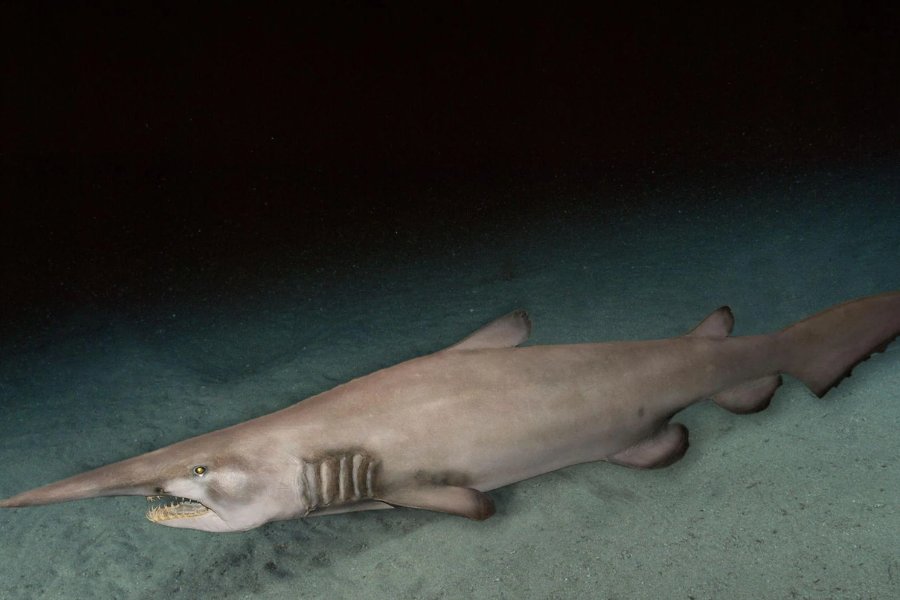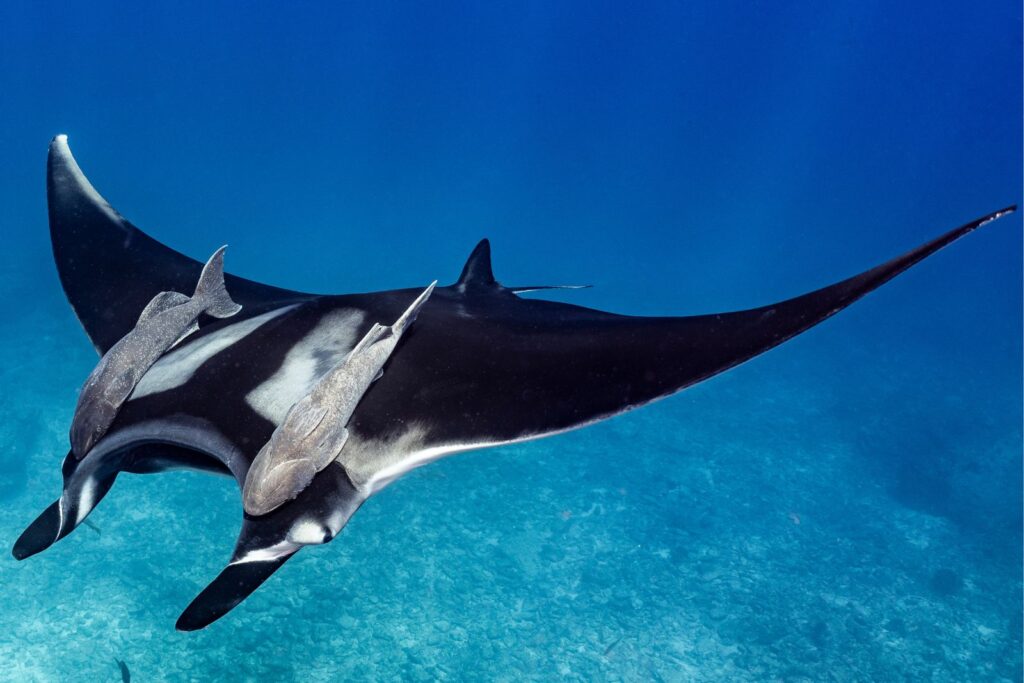Goblin Shark: Mysterious Predator of the Deep Sea
The goblin shark, often referred to as a "living fossil," is a deep-sea shark species known for its distinctive appearance and unusual feeding mechanism. Its elongated snout, protruding jaws, and pinkish-gray skin set it apart from other sharks.
Goblin sharks inhabit the dark depths of the ocean, typically found at depths ranging from 200 to 1,000 meters. They are rarely encountered by humans and are considered one of the most elusive and poorly understood shark species.
Anatomy and Feeding Behavior
One of the most remarkable features of the goblin shark is its unique feeding mechanism. It possesses a highly protrusible jaw that can extend forward to capture prey with surprising speed and precision. This adaptation allows it to ambush unsuspecting prey in the deep sea.
Goblin sharks primarily feed on small fish, squid, and crustaceans, using their specialized jaws and sharp teeth to grasp and consume their prey. Their elongated snouts contain specialized sensory organs that help them detect prey in the darkness of the deep ocean.
Conservation Status and Threats
Due to their deep-sea habitat and elusive nature, goblin sharks are not frequently encountered by humans and are not targeted by commercial fisheries. However, they face threats from habitat degradation, pollution, and accidental capture in fishing gear.
As with many deep-sea species, goblin sharks play a vital role in maintaining the balance of ocean ecosystems. Conservation efforts aimed at protecting deep-sea habitats are crucial for ensuring the long-term survival of these fascinating and mysterious creatures.

